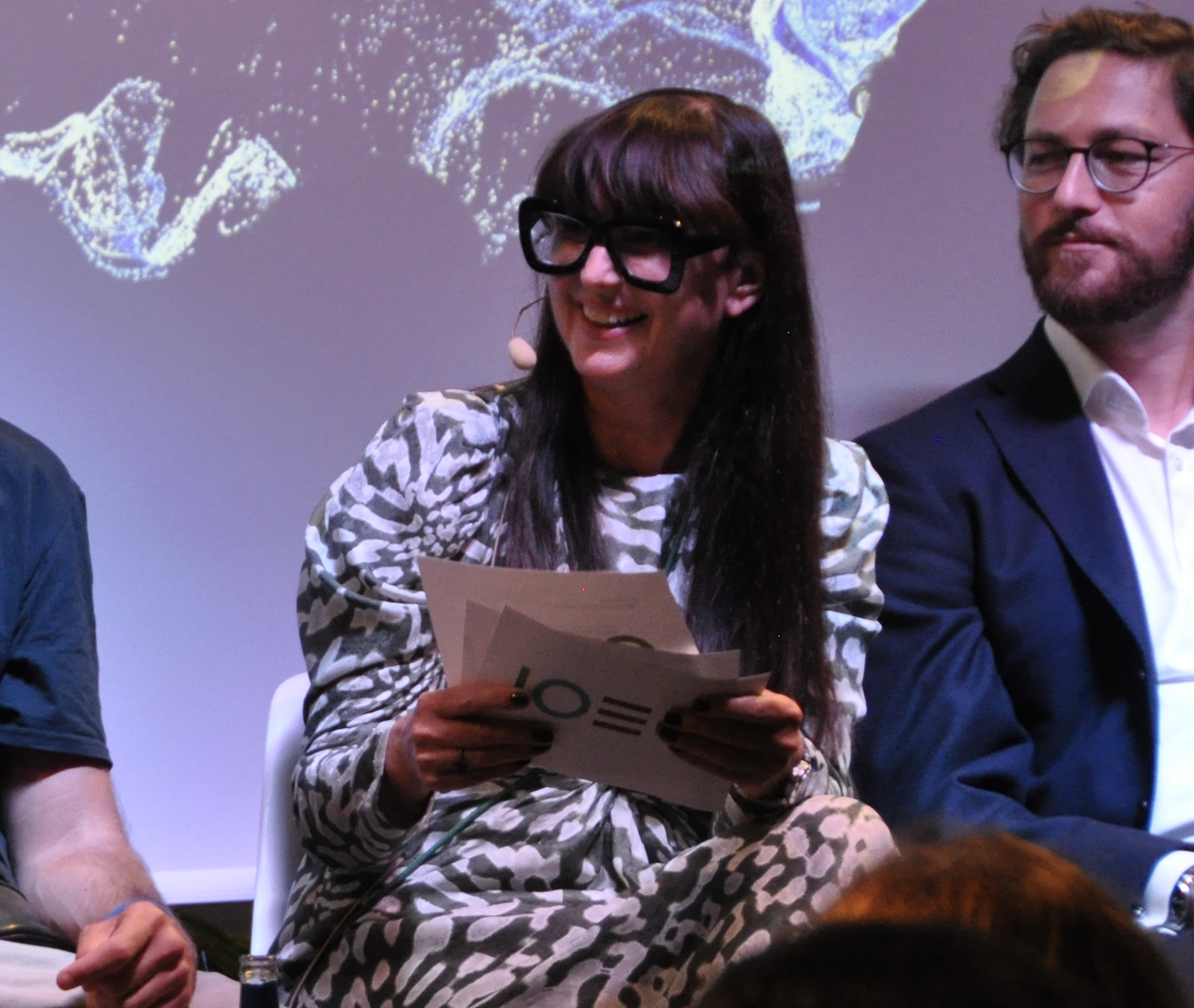World population is growing and by 2050 it will reach 9 billion. Do we have enough resources to feed everyone? How can we ensure that we satisfy this basic need without overwhelming the planet, taking into account that agriculture is among the greatest contributors to increasing climate crisis?
Below we listed 4 strategies addressing the challenge we are all facing. We will cover some of them in more detail in the coming weeks and of course the Future of Food event on September 30thwill be also dedicated to this topic! Don’t forget to register Scrum Methode to get your free ticket!
- Stop agricultural expansion
According to National Geographic, for most of history, whenever we’ve needed to produce more food, we’ve created more farms. As a result, we have caused the loss of whole ecosystems, including the prairies of North America and the Atlantic forest of Brazil, and tropical forests continue to be cleared at alarming rates. Avoiding further deforestation must be a top priority.
- Develop alternative sources of protein and shift diets
26% of ice-free land on the planet is used to graze livestock and another 33% of all our croplands grow feed for animals (FAO).No wonder that in the past years we have seen an increasing popularity of plant-based diets, and significant investments are going into the development of meat alternatives. There are three prominent approaches to meat alternatives: plant-based substitutes, insect protein and lab-grown meat.
- Reduce food waste
According to FAO, an estimated 1/3 of all food produced for human use, valued at $1 trillion, is lost or wasted each year. In developed countries most of that waste occurs in homes, restaurants or supermarkets. At the retail level, large quantities of food are wasted due to quality standards. In developing countries the root of the problem is essentially in harvest techniques, poor post-harvest management, lack of suitable infrastructure, processing and packaging (UNRIC).
- Optimize crop production and increase yields.
Some of the solutionsinclude using high-tech precision agricultural systems, improved genetics such as new CRISPR gene-editing tools as well as indoor agriculture that removes nature from the equation.
Let us know what do you think about the feeding 9 billion challenge and we hope to see you in Vienna on September 30th!
Written by Olga Bratsun




